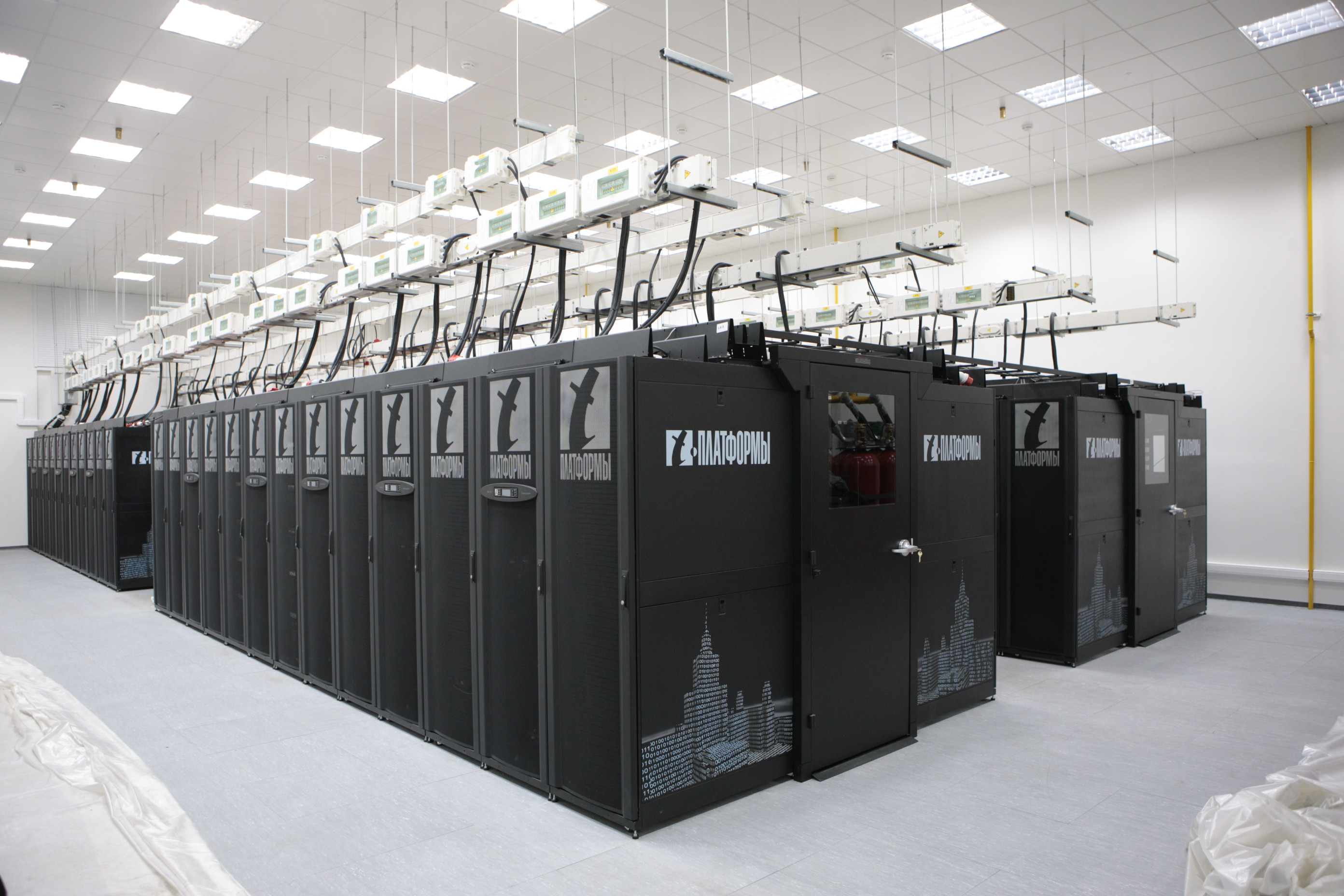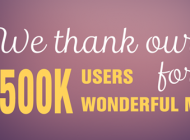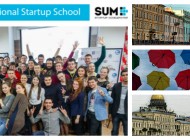Russia-based T-Platforms created supercomputer which outperformed its competitors - the word leaders such as IBM and HP, in speed and quality of processing large arrays of data.
Such tasks are commonplace in pharmacology, information security, and many other knowledge-driven industries. In order for these complex tasks to be resolved effectively, high-performance systems capable of processing hundreds of petabytes of data are required.
“The Graph500 ratings are interesting because they allow us to assess not only the computing power of supercomputers but also their efficiency, in real terms, at processing huge quantities of data. In such tests, those computer systems that have been optimized for working with large arrays of data will always triumph,” says Vsevolod Opanasenko, CEO of T-Platforms. “This is yet another endorsement of Russia’s achievements in creating high-performance systems aimed at solving an extremely wide range of applied problems.”
“Emerging applications in healthcare informatics, social network analysis, web science, and anomaly detection in financial transactions, require a new breed of data-intensive supercomputers that can make sense of massive amounts of information,” says David A. Bader, Professor of the Georgia Institute of Technology, one of the founders of the Graph500 rating. “The Graph500 Benchmark highlights the importance of new systems that can find the proverbial needle in the haystack of data.”
T-Platforms custom-builds its supercomputers for the use by Russian scientific research institutions, in the field of biotech, nanotech, chemistry where complex modelling and data processing are required. For example, Rosnano uses T-Platforms supercomputer in the nanotech-related modelling. International expansion is also in plans in the not so distant future.











